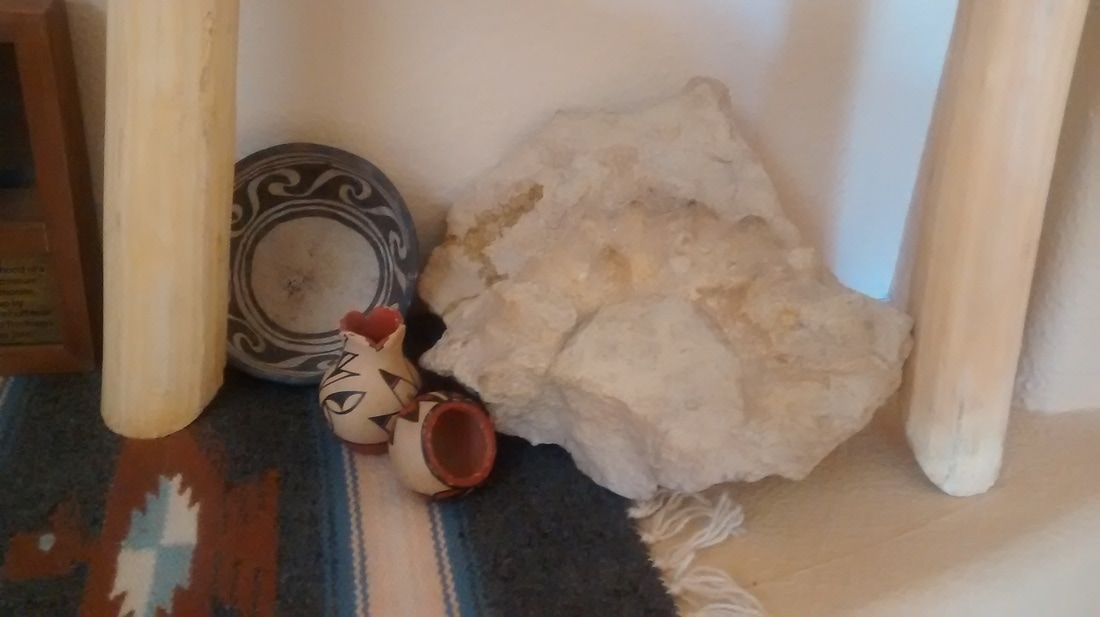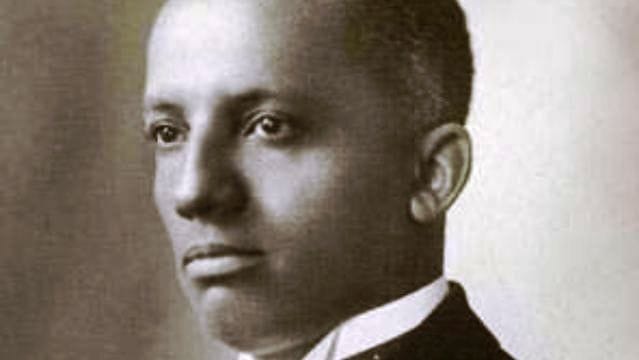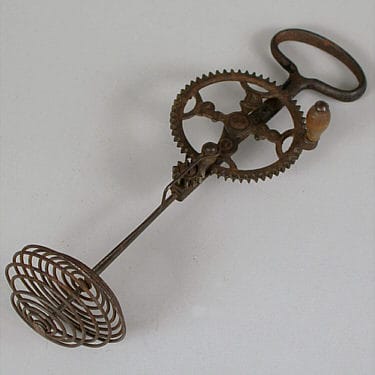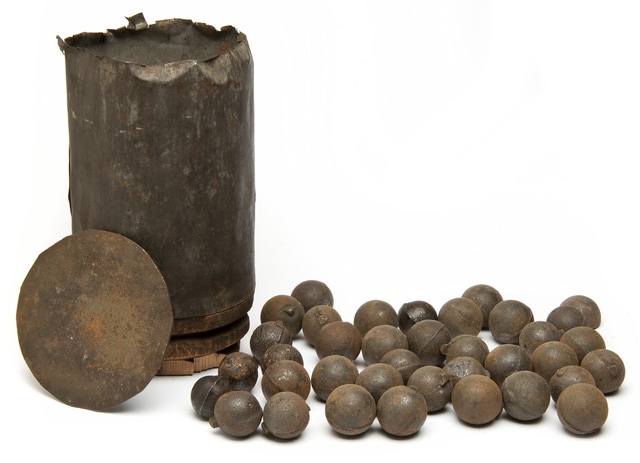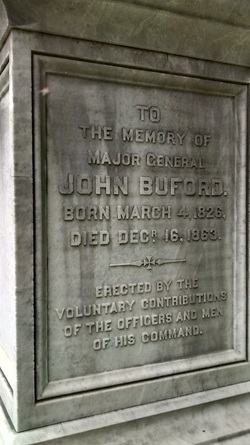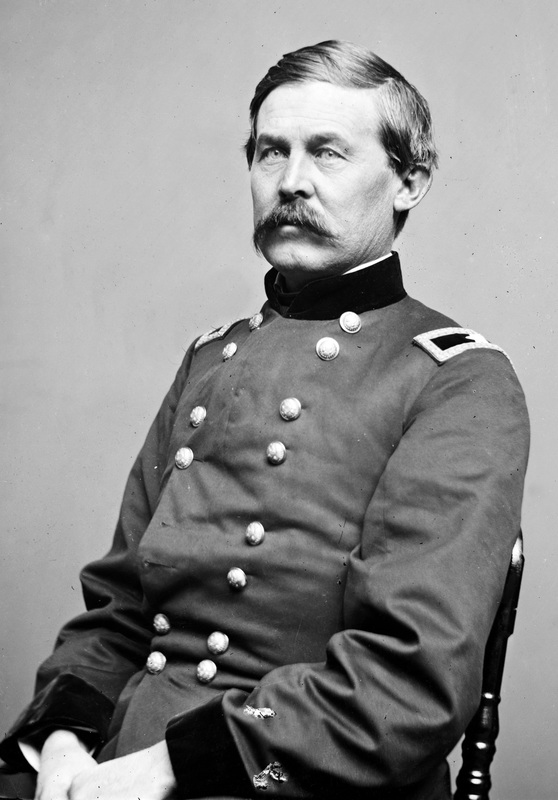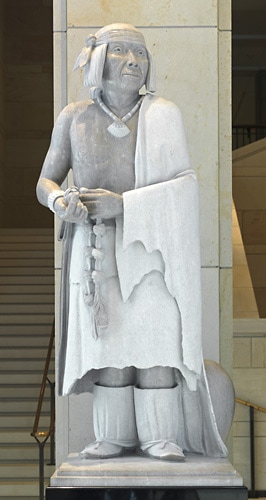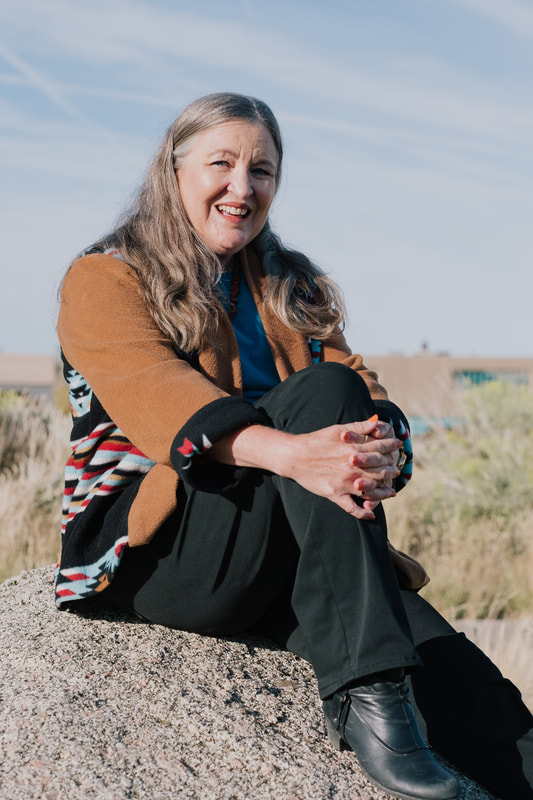 The Library of Congress calls this "a jurilla." Paddy and the members of his spy company probably didn't look much better.
The Library of Congress calls this "a jurilla." Paddy and the members of his spy company probably didn't look much better. Paddy Graydon was a rough, hard drinking, disagreeable man who was quick with his fists and short on temper, but his recklessness has earned him a place in the Civil War lore of New Mexico.
Paddy, whose Christian name was James, came to the United States from Ireland in order to escape the Potato Famine. It was 1853, and he was just 21 years old. Like many indigent immigrants, he joined the Army. Paddy became a dragoon, or light mounted infantry. He was posted to the southwest, where he learned to speak Spanish and Apache. Graydon's deprived childhood prepared, the blue eyed, 5' 7" man for the hardships of life in the saddle fighting Indians, bandits, renegades, and claim jumpers in an area that stretched from Santa Fe to the Mexican border. He stayed in the service for five years, until 1858.
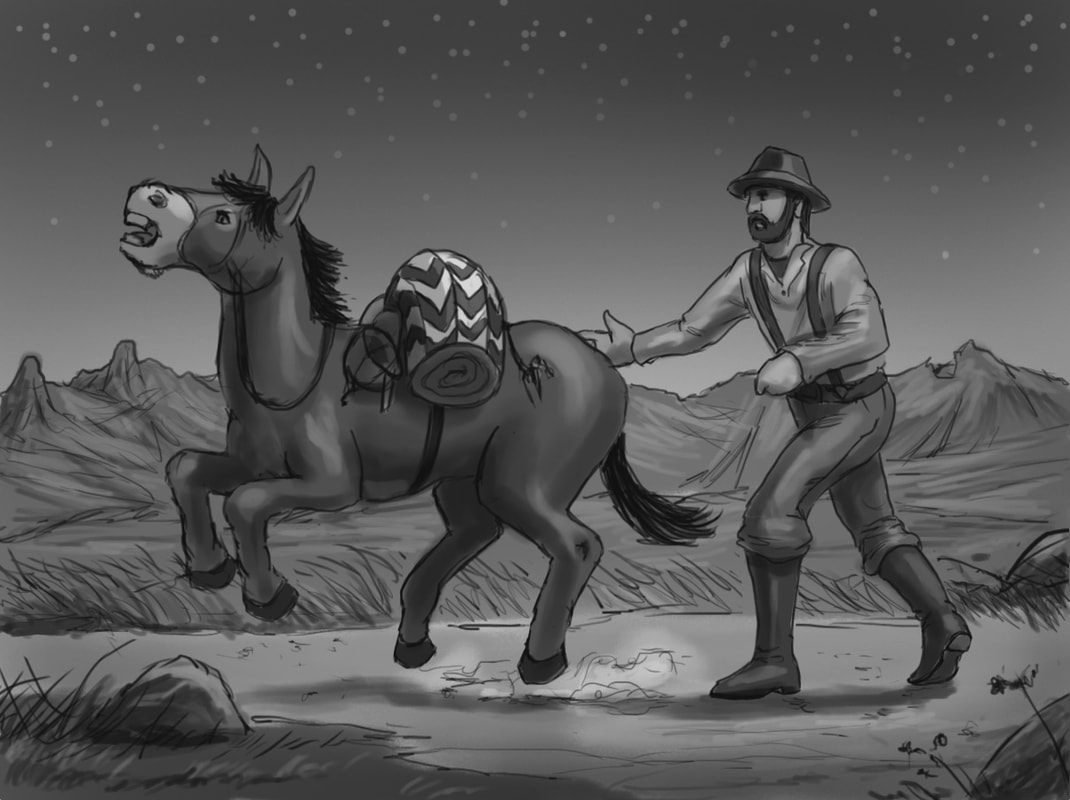
When Confederate General Henry H. Sibley threatened to invade New Mexico in 1861, Graydon offered his services to Colonel Edward Canby, the highest ranking Union officer in the state. He formed an independent company of spies, most of them recruited from his former saloon patrons. Graydon's spies were known for being undisciplined and dangerous. They refused to wear uniforms or participate in drills and parades. But they were very good at collecting information. Graydon and his men excelled at wandering into Confederate camps and gathering information while posing as rebel soldiers.
Graydon's most famous escapade happened on a bitterly cold night in February, 1862, on the night before the Battle of Valverde. Under cover of darkness, Graydon and several volunteers crossed the icy Rio Grande and snuck up on the Confederate encampment. When they neared the corral that held Sibley's pack train, Graydon lit the fuses on boxes of explosives mounted on two old mules, then shooed them towards the Confederate lines. Unfortunately for Graydon, the mules turned back. Graydon and his men ran for their lives, and the mules blew up too far away to cause the carnage he had planned. However, the explosion caused Confederate pack mules to stampede down to the Rio Grande, where Union troops rounded them up.
Because of Graydon's scheme, the Confederate Army lost over 100 animals. Without their mules, they had to abandon many of the supplies that they desperately needed if they were going to conquer New Mexico and the rich gold fields of Colorado and California that Jefferson Davis had hoped to use to finance his fledgling country.


